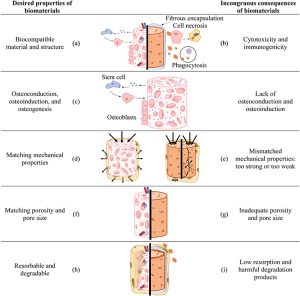Structural Design of Fungi
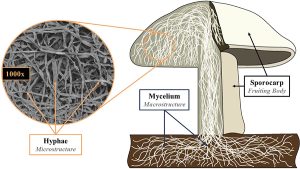
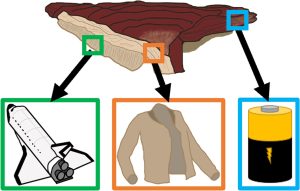
Filamentous fungi (which include mushroom-forming fungi) are ubiquitous throughout nature, thriving in every biome. They are able to achieve this by meticulously crafting a small number of constituents (most taking the form of their cellular building blocks: hyphae) into a wide range of distinctive and beautiful structures. Beyond their appearance, these structures offer a wide range of material properties, all formed with environmentally-friendly processes, thus providing a model for high-performance green-engineered materials. These intriguing properties include a wide range of mechanical properties (e.g., structures ranging from the consistency of a dish sponge to hard wood), tribology (e.g., tailored hydrophilicity), and optical properties (e.g., biofluorescence), to name a few. Despite this, there is essentially no current knowledge on the fundamental mechanisms and physics that these fungi harness to form their structures. Therefore, the goal of this project is to provide a knowledge foundation of the structure-property relationships and materials science of filamentous fungi with a specific focus on identifying the structural design elements that they employ.
Funding
NSF grant CMMI #2233973
Selected Publications
(1) I. S. Elnunu, J. N. Redmond, B. T. M. Dentinger, S. E. Naleway, “Material and mechanical behavior of bracket fungi context as a mechanically versatile structural layer” Journal of the Mechanical Behavior of Biomedical Materials (2025) 163, 106841.
(2) E. C. Hotz, A. J. Bradshaw, C. Elliott, K. Carlson, B. T. M. Dentinger, S. E. Naleway, “Effect of agar concentration on structure and physiology of fungal hyphal systems” Journal of Materials Research and Technology (2023) 24, 7614-7623.
(3) D. L. Porter, S. E. Naleway, “Hyphal systems and their effect on the mechanical properties of fungal sporocarps” Acta Biomaterialia (2022) 145, 272-282.
Intrinsic and Extrinsic Control of Bioinspired Freeze Casting
Research into complex control of the bioinspired freeze casting process for structural and biomedical materials is ongoing in the Laboratory for Bioinspired Science and Engineering. This research focuses upon control through both intrinsic (enacted through internal chemical processes) and extrinsic (enacted through external forces) means to imitate the complex structures and impressive mechanical properties of biological materials.
Funding
NSF grant CMMI #2420692
NSF grant CMMI #1660979
ARO grant W911NF-21-1-0062
Selected Publications
(1) M. A. Schmitz, I. Nelson, S. E. Naleway, “Control over the mechanical properties of surface-magnetized alumina magnetically freeze-cast scaffolds” Journal of Materials Science (2023) 58, 171540-17174.
(2) J. R. Fernquist, H. C. Fu, S. E. Naleway, “Improved structural and mechanical performance of iron oxide scaffolds freeze cast under oscillating magnetic fields” Ceramics International (2022) 48, 15034-15042.
(3) T. A. Ogden, M. Prisbrey, I. Nelson, B. Raeymaekers, S. E. Naleway, “Ultrasound freeze casting: Fabricating bioinspired porous scaffolds through combining freeze casting and ultrasound directed self-assembly” Materials & Design (2019) 164, 107561.
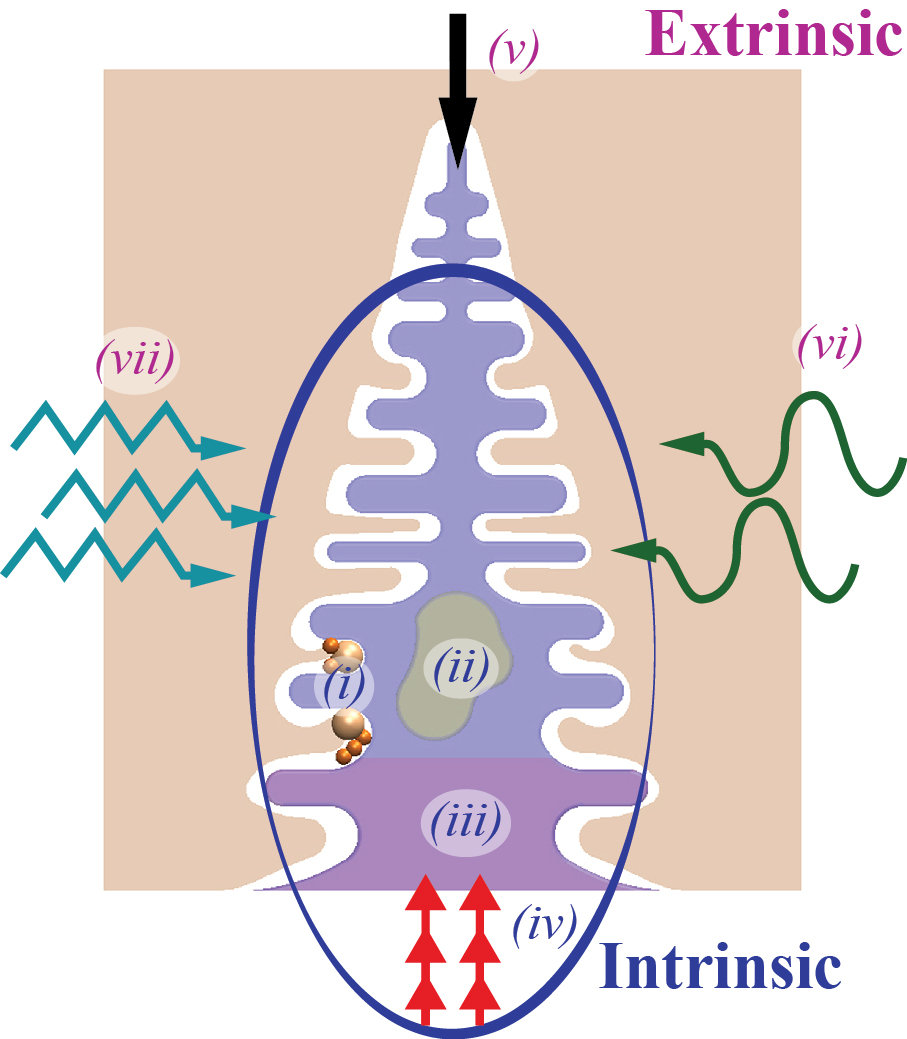
Extrinsic Control of Additive Manufacturing
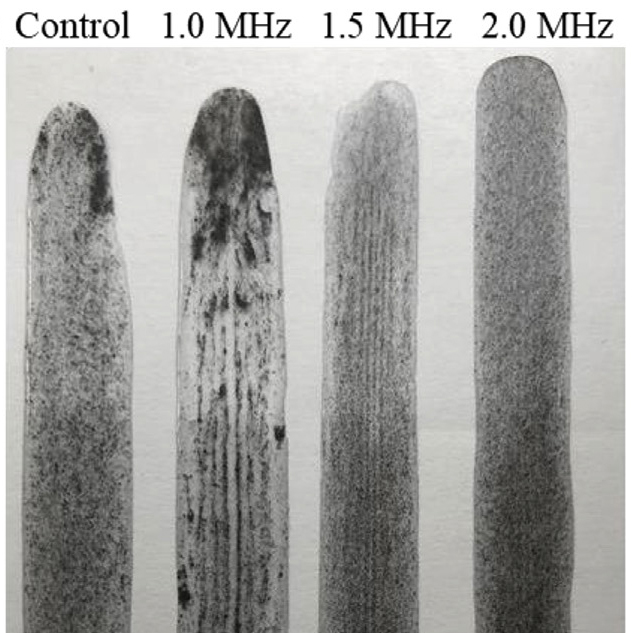
Beyond freeze-casting, our lab is actively investigating the use of energized fields (e.g., magnetic, ultrasound) to control the structure and properties of a variety of additive manufacturing techniques including 3D printing and sol-gel processing. In addition, work is ongoing to study the process of biotemplating with a focus on creating nature-mimetic synthetic porous media.
Funding
NSF grant CMMI #2017588
American Chemical Society PRF 65985-ND10
Selected Publications
(1) K. Baskaran, M. Ali, K. Gingrich, D. L. Porter, S. Chong, B. J. Riley, C. W. Peak, S. E. Naleway, I. Zharov, K. Carlson, “Sol-gel derived silica: A review of polymer-tailored properties for energy and environmental applications” Microporous and Mesoporous Materials (2022) 336, 111874.
(2) J. Alexander, K. Baskaran, A. Harward, K. Carlson, S. E. Naleway, “Bioinspired aligned magnetic features in aerogels for humidity sensing” Materials Chemistry and Physics (2021) 270, 124852.
(3) P. Wadsworth, I. Nelson, D. L. Porter, B. Raeymaekers, S. E. Naleway, “Manufacturing bioinspired flexible materials using ultrasound directed self-assembly and 3D printing” Materials & Design (2020) 185, 108243.
Mineralized Biomaterials for Dental and Orthopedic Applications
Novel, mineralized biomaterials are under development for both bone and dental applications. The use of complex chemistries and advanced manufacturing processes allow for tailored properties that can better fit patient needs.
Funding
Utah Science Technology and Research Initiative (USTAR) Science and Technology Initiation Grant (STIG)
Selected Publications
(1) T. J. Yin, S. E. Naleway, “Freeze casting with bioceramics for bone graft substitutes” Biomedical Materials and Devices (2022).
(2) T. J. Yin, S. Jeyapalina, S. E. Naleway, “Characterization of porous fluorohydroxyapatite bone-scaffolds fabricated using freeze casting” Journal of the Mechanical Behavior of Biomedical Materials (2021) 123, 104717.
(3) J. R. Howard, L. Gardner, Z. Saife, A. Geleil, I. Nelson, J. S. Colombo, S. E. Naleway, K. Carlson, “Synthesis and characterization of novel calcium phosphate glass-derived cements for vital pulp therapy” Journal of Materials Science: Materials in Medicine (2020) 31, 12.
